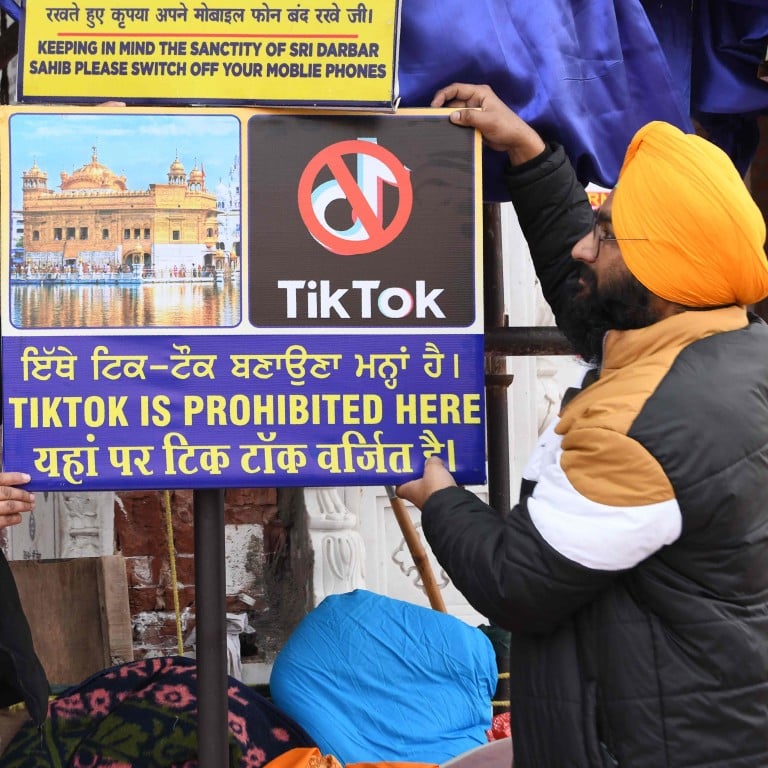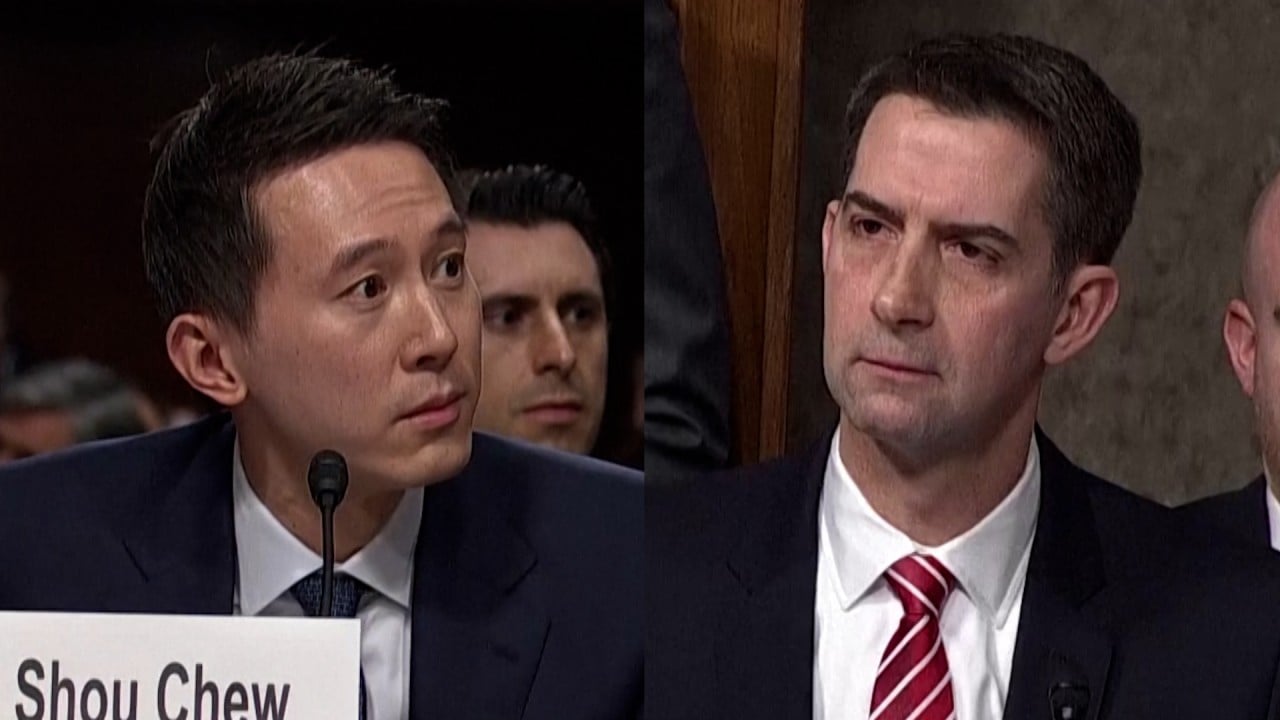
TikTok may be banned in the US. Here’s what happened when India outlawed the Chinese app
- In June 2020, New Delhi banned the popular app, alongside dozens of Chinese apps, following a military clash along the India-China border
- Within months of the Indian ban, Google rolled out YouTube Shorts and Instagram pushed out its Reels feature, mimicking short-form videos TikTok excelled at
Why did India ban TikTok?
The government cited privacy concerns and said that Chinese apps pose a threat to India’s sovereignty and security.
TikTok wasn’t a one-off case. Today, India has banned over 500 Chinese apps to date
The move mostly drew widespread support in India, where protesters had been calling for a boycott of Chinese goods since the deadly confrontation in the remote Karakoram mountain border region.
“There was a clamour leading up to this, and the popular narrative was how can we allow Chinese companies to do business in India when we’re in the middle of a military stand-off,” said Nikhil Pahwa, a digital policy expert and founder of tech website MediaNama.

How did users and creators react?
‘Deleted forever’: TikTok influencers say US ban will destroy careers
“And they ended up capturing most of the market that TikTok had vacated,” said Pahwa.
In India, TikTok content was hyperlocal, which made it quite unique. It opened a window into the lives of small-town India, with videos coming from tier 2 and 3 cities that showed people doing tricks while laying down bricks, for example.
But for the most part, content creators and users in the four years since the ban have moved on to other platforms.
Why India banned TikTok and what US can learn as Biden tries to follow suit
Winnie Sangma misses posting videos on TikTok and earning a bit of money. But after the ban, he migrated to Instagram and now has 15,000 followers. The process, for the most part, has been relatively painless.
“I have built up followers on Instagram too, and I am making money from it, but the experience isn’t like how it used to be on TikTok,” he said.
Rajib Dutta, a frequent scroller on TikTok, also switched to Instagram after the ban. “It wasn’t really a big deal,” he said.
How is India’s ban different from the US’s?
The legislation to outlaw the app has won congressional approval and now awaits a signature from Biden.
In India, the ban in 2020 was swift. TikTok and other companies were given time to respond to questions on privacy and security, and by January 2021, it became a permanent ban.
But the situation in the US is different, said Pahwa. “In India, TikTok decided not to go to court, but the US is a bigger revenue market for them. Also, the Fourth Amendment in America is fairly strong, so it’s not going to be as easy for the US to do this as it was for India.”
Biden signs Ukraine aid, TikTok ban bills after Republican battle
As Chinese apps proliferate across the world, Pahwa says countries need to assess their dependency on China and develop a way to reduce it as the apps can pose a national security risk.
“There should be different rules for democratic countries and for authoritarian regimes where companies can act as an extension of the state,” he added.


